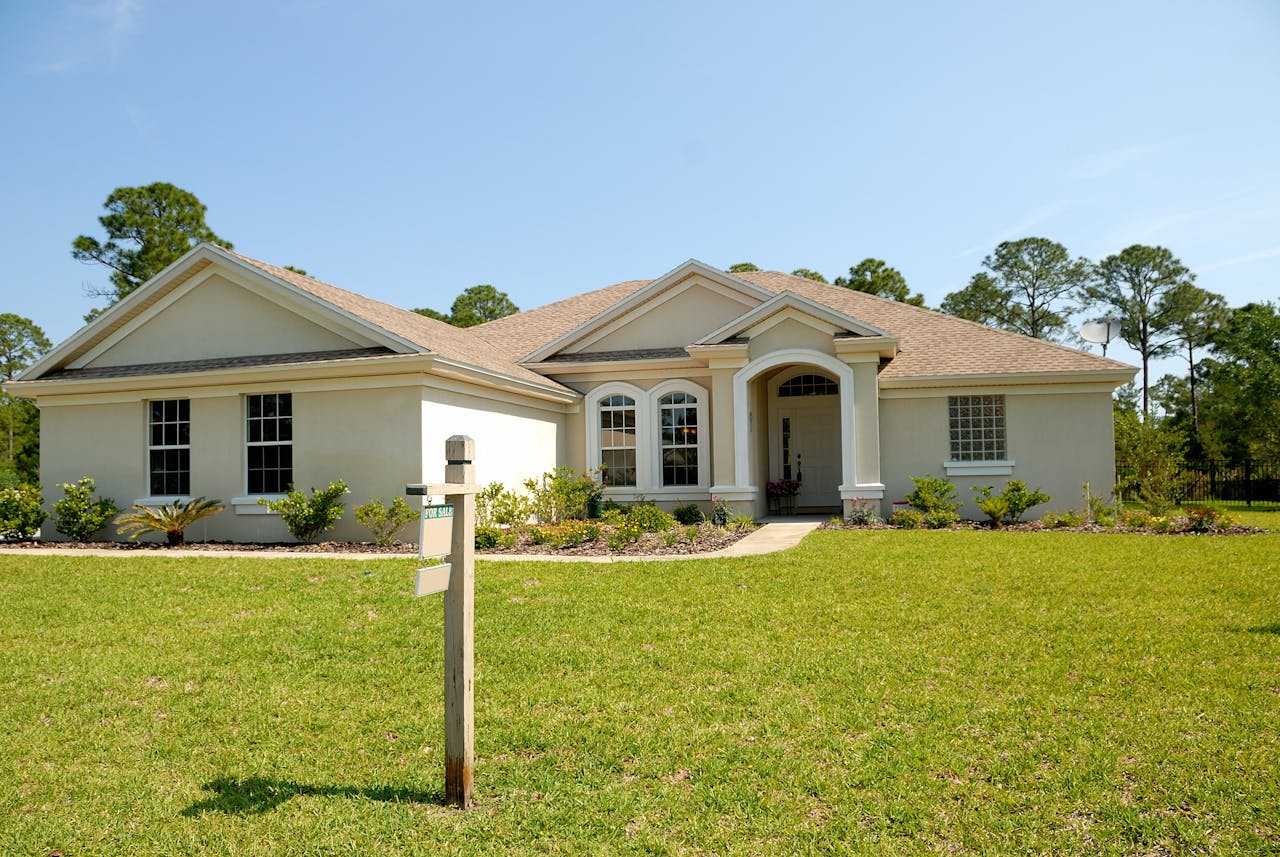So, you’ve found the perfect home. Congratulations! Wait—the kitchen looks about 50 years older than the rest of the house? That’s a bit of a problem. Thankfully, you can remodel the home. The only problem, of course, is that you’re completely broke from purchasing a new house. You don’t exactly have $30,000 to spare. No worries—you can just roll the remodel into your home purchase. Here’s how.
Select the Right Home
First, you need to find the perfect home. Now, the dated kitchen is a winner, but there are a few other things to consider, too. First, is the home worth the listing price? If not, can you negotiate with the seller? With a standard mortgage, you need to make sure the home is worth what you’re paying for it. When you add a remodel loan to the mortgage, you’ll also need to prove that the remodeled home will be worth the total loan amount. It’s a lot to consider, so make sure the home is worth the money.
Select the Right Contractor
Next, figure out how much the remodel will cost you. Ask for quotes from a few different contractors and compare them to find your best option. Note: The best option isn’t always the cheapest one. The most expensive quote may be worth the money if the contractor has a great reputation and guarantees their work.
Select the Right Loan
Once you know how much the remodel will cost, you’ll need a loan for that amount—plus a little wiggle room. There are loan programs specifically for this purpose. Here are a few popular home remodel loan options:
- FHA 203(k) Rehab Loan: This program is backed by the government, usually has low rates and lets you roll your mortgage and rehab loan all into one loan.
- Streamlined 203(k) Program: This program is the same as the FHA 203(k) Rehab Loan, but it’s a streamlined program (fewer approval steps–yay!) that lets you borrow up to $35,000 for remodeling expenses. It’s a great option for smaller projects.
- Fannie Mae HomeStyle Renovation: Some lenders offer this type of loan, which is government-sponsored through Fannie Mae. The lender can release funds directly to your contractor after the work is inspected.
You can ask your real estate agent or financial institution for help finding and choosing the best loan for your remodeling project.
Pay Now or Later?
Now, so far we’ve assumed you’re rolling all the remodeling costs into one mortgage. There is another option, though: You can buy your home then get another loan to pay for the remodel. Usually, it makes more sense to roll the remodel into your first mortgage, though. Here’s why:
- You’ll have a single payment each month. Multiple payments are tricky. They’re normally more expensive than a single payment, and it’s harder to keep track of due dates. In short, one payment is just easier.
- You probably won’t have any equity in your home for a while. That makes it hard to get another loan right after you buy a new home. You may need to wait a few years for equity to build in the property, and that’s just annoying. How long can you live with that ugly old kitchen?
- Your interest rate will probably be lower. The truth is that your mortgage interest rate is probably much lower than any loan you could get later. Even the remodeling loans mentioned earlier have special rates that make them cheaper options than a HELOC (home equity line of credit) or cash-out refinance.
Of course, your results may vary. In general, though, if you’re going to take out a loan for your remodeling project, it’s better to do it now than wait.
Final Thoughts
At this point, you’re probably wondering, “Is all this hassle worth buying a home that needs some work?” The answer is, “It depends.” You might have found a great deal on the perfect property, but you need a little cash and a great contractor to make your dream a reality. In that case, it’s probably worth the extra effort. Just remember to ask a lot of questions and focus on the steps outlined above. When you find the right house, the right contractor and the right lender, it makes the actual renovation and loan closing process much easier.









